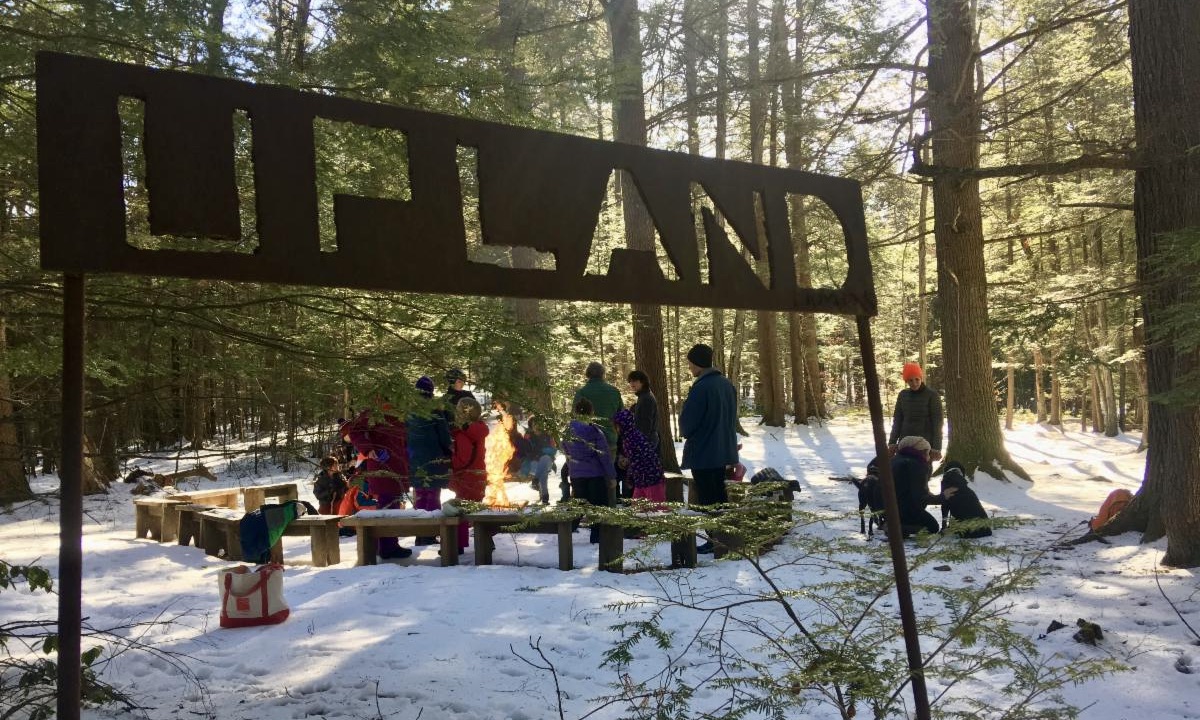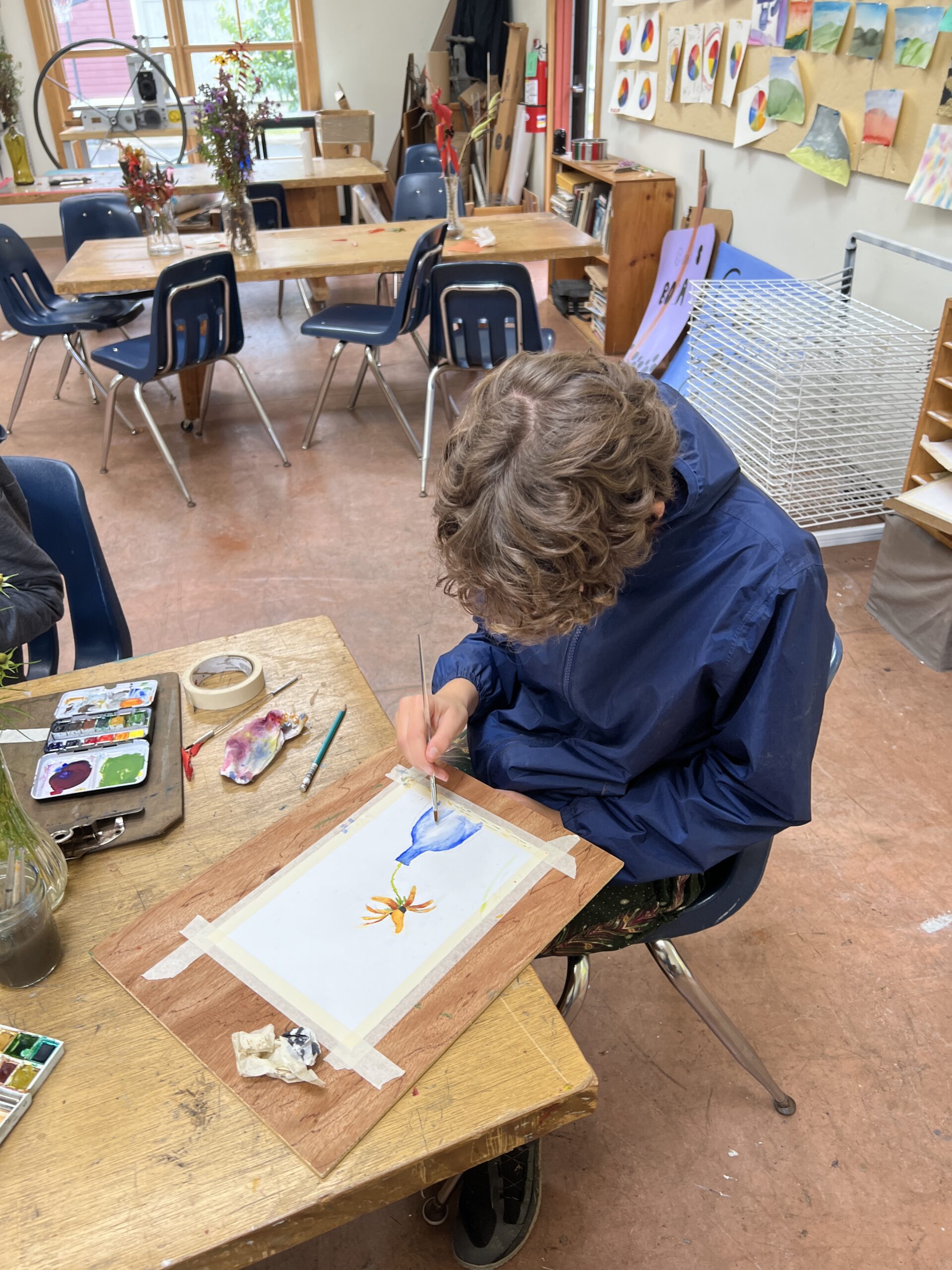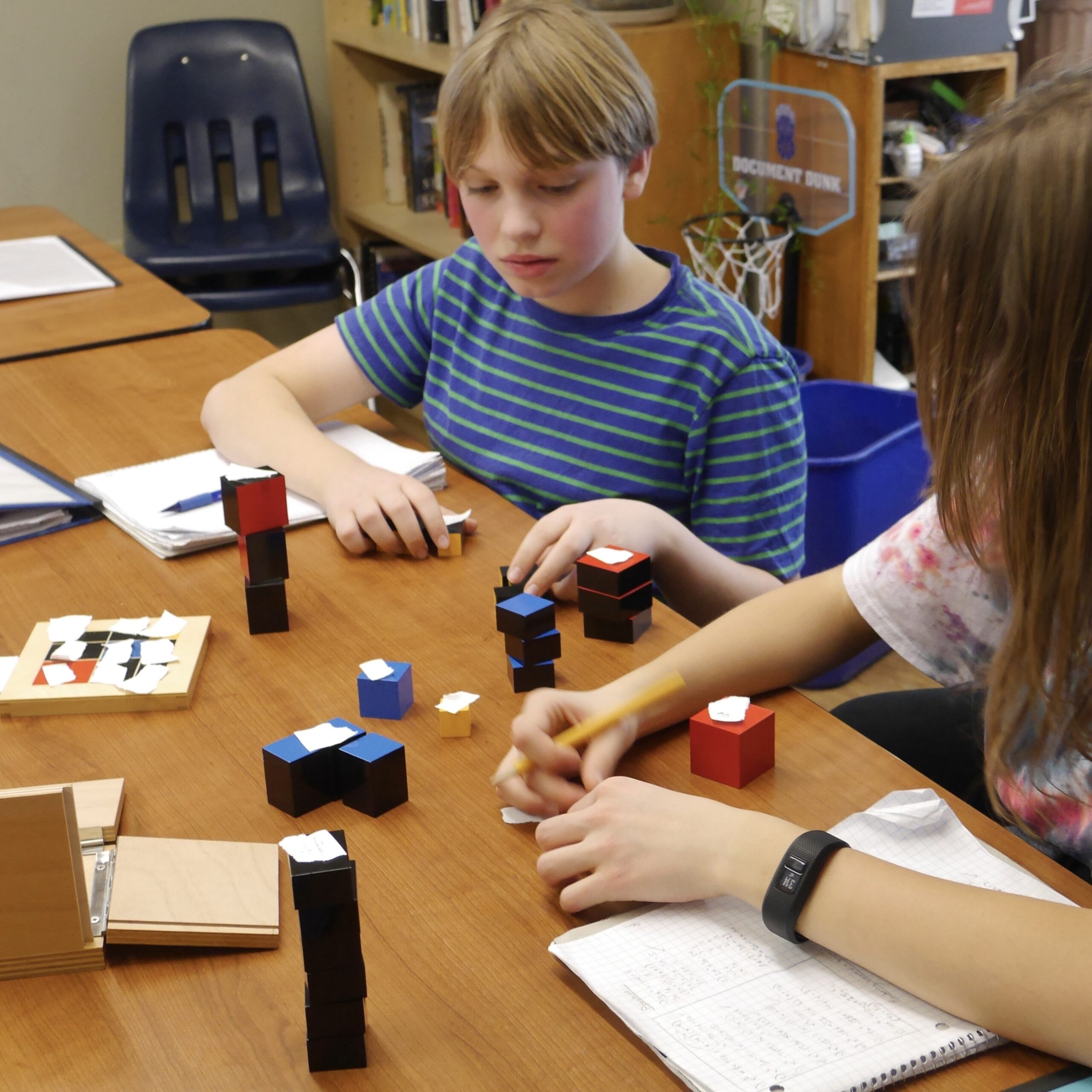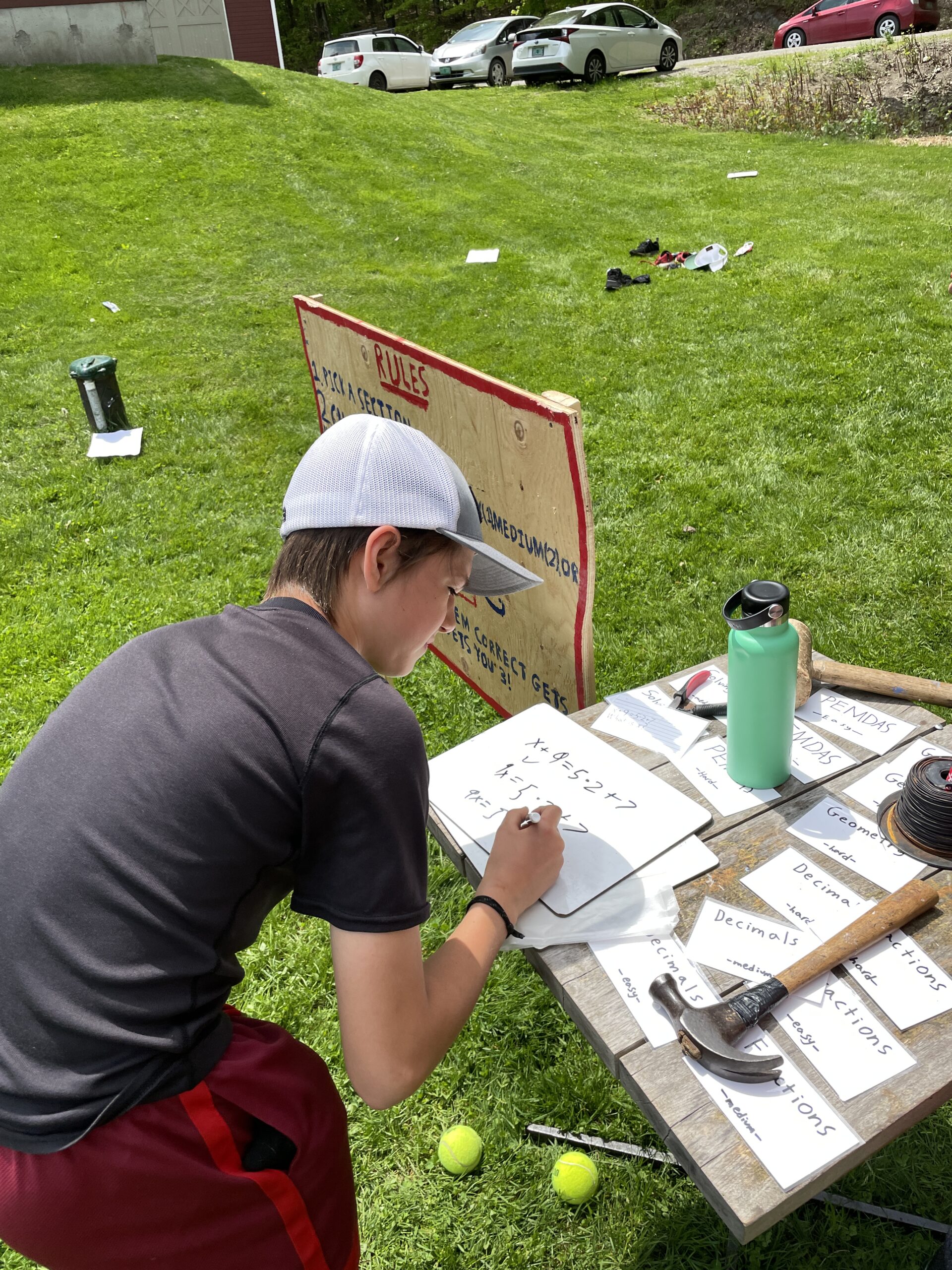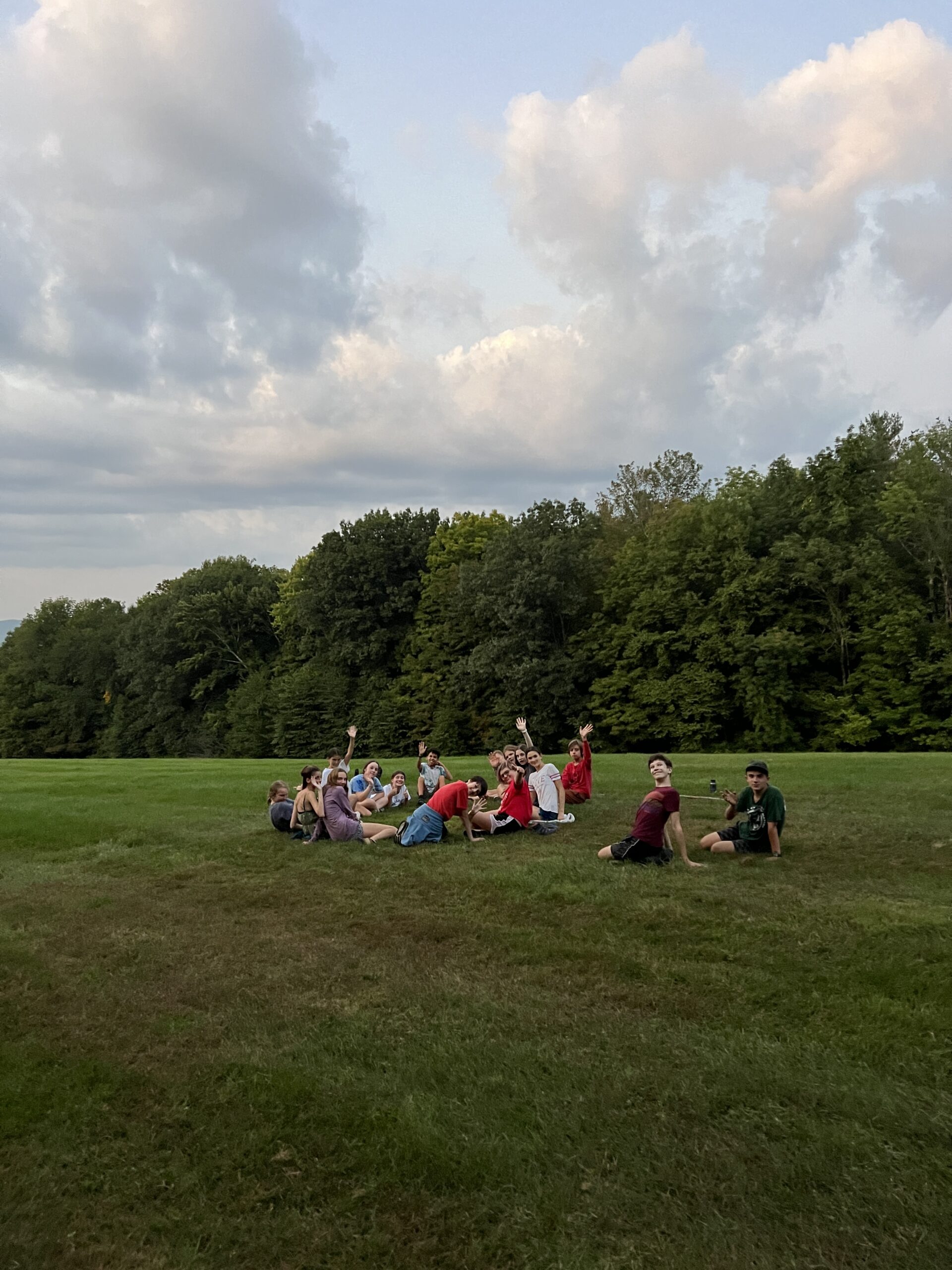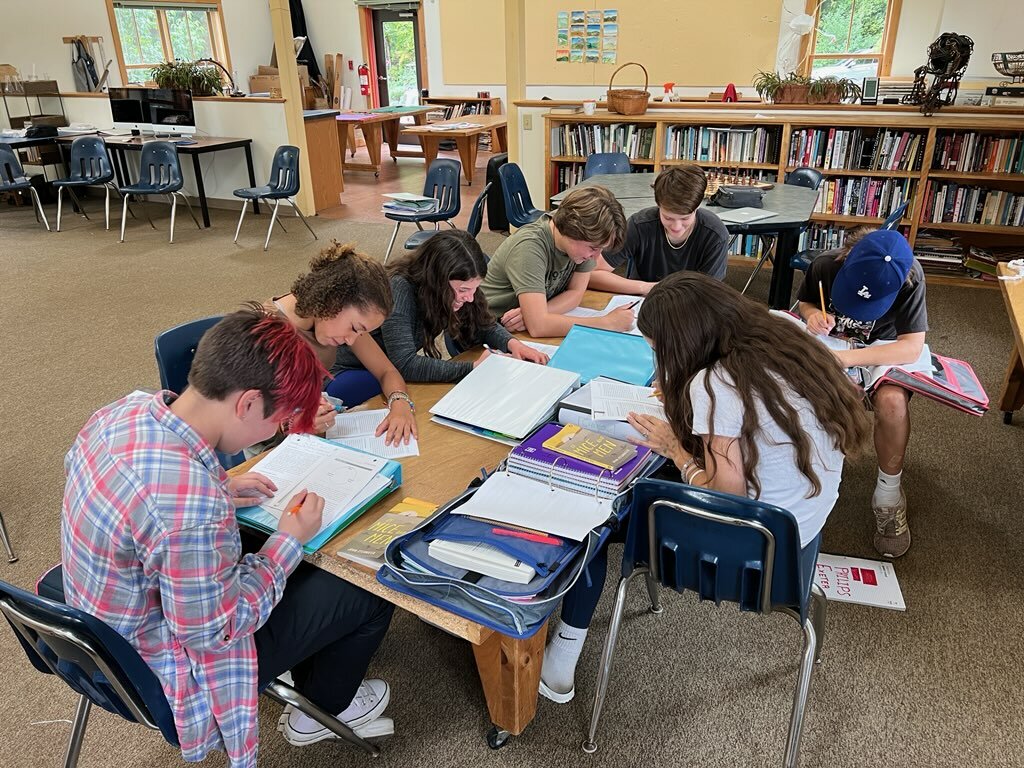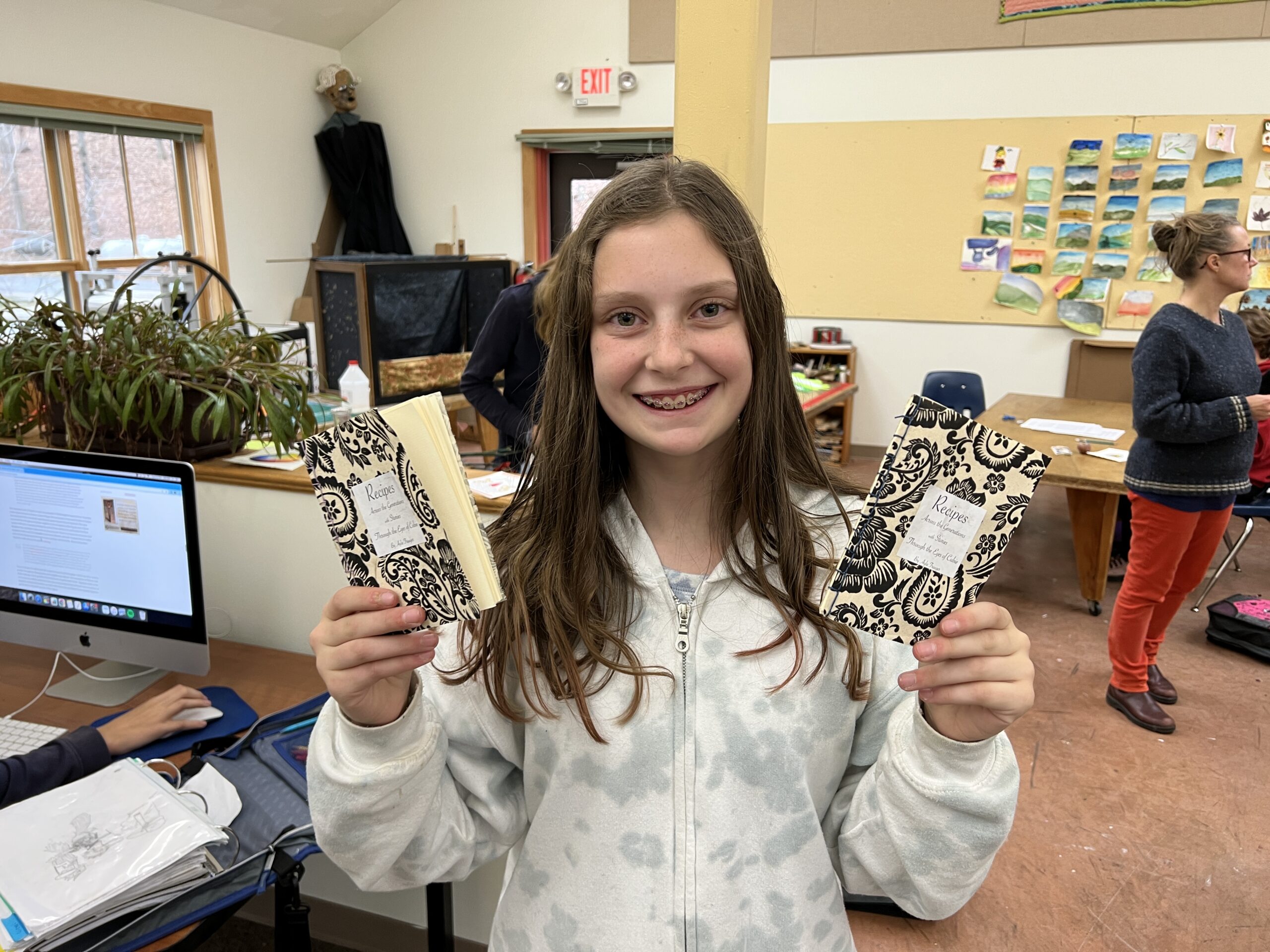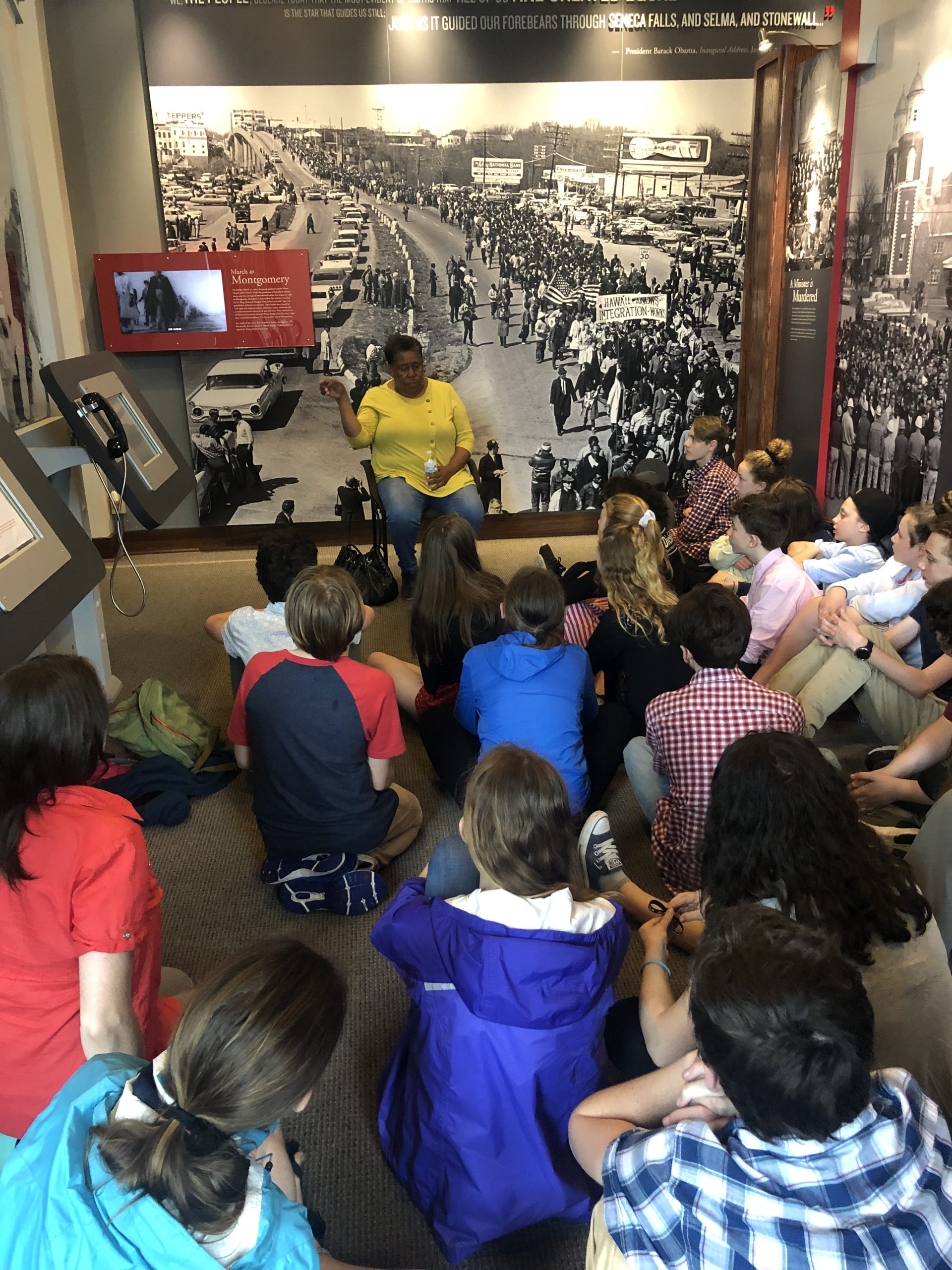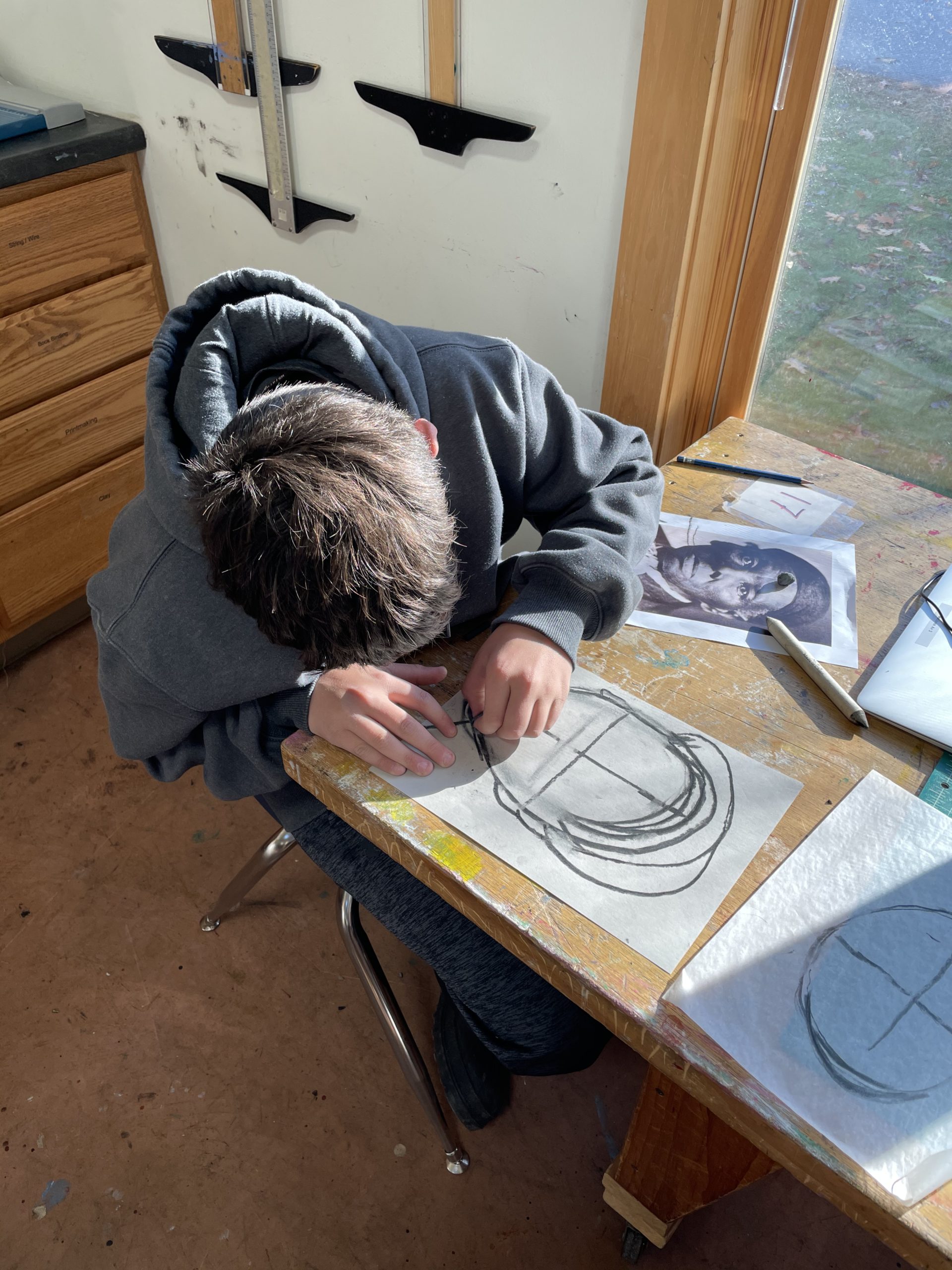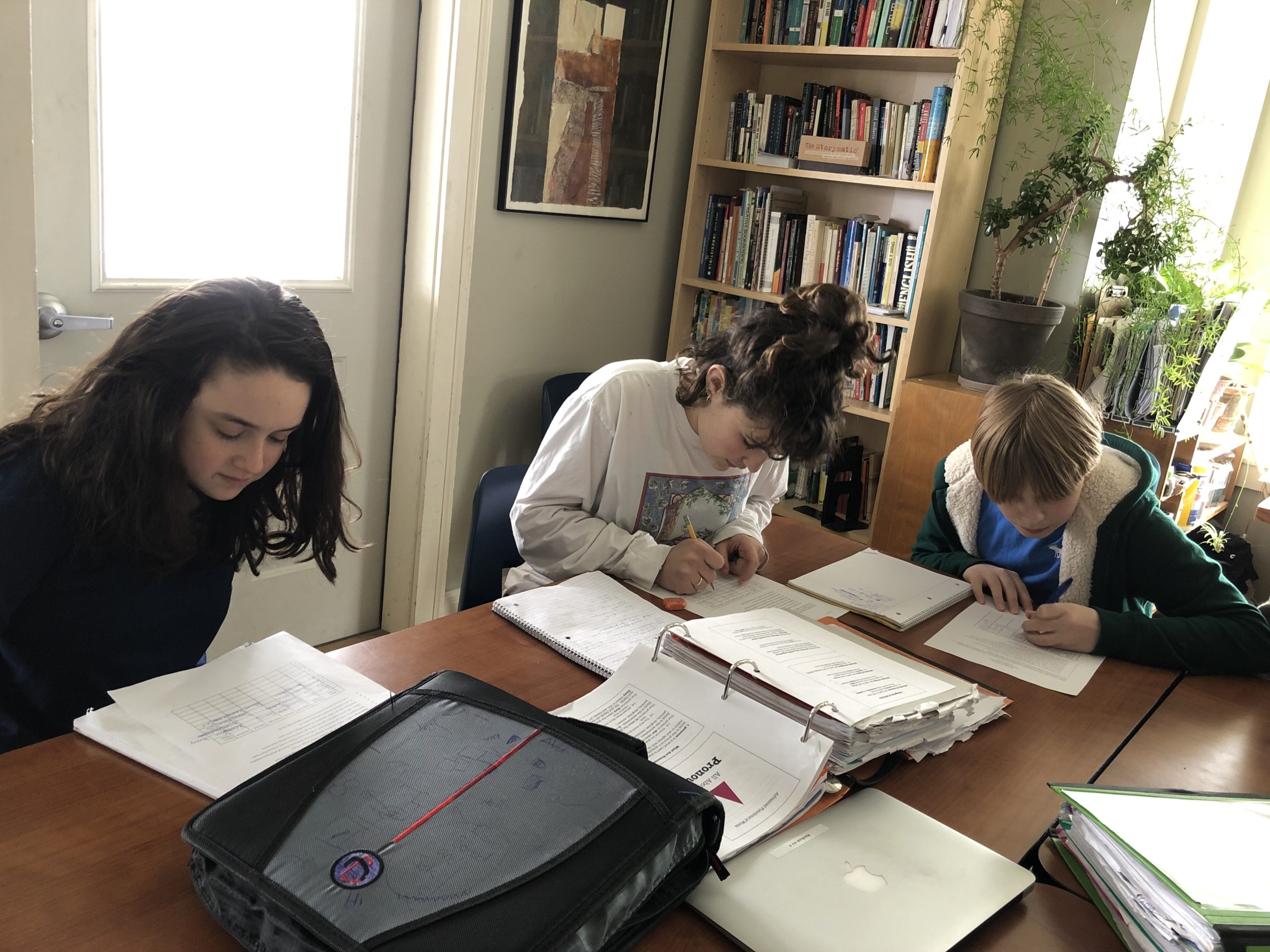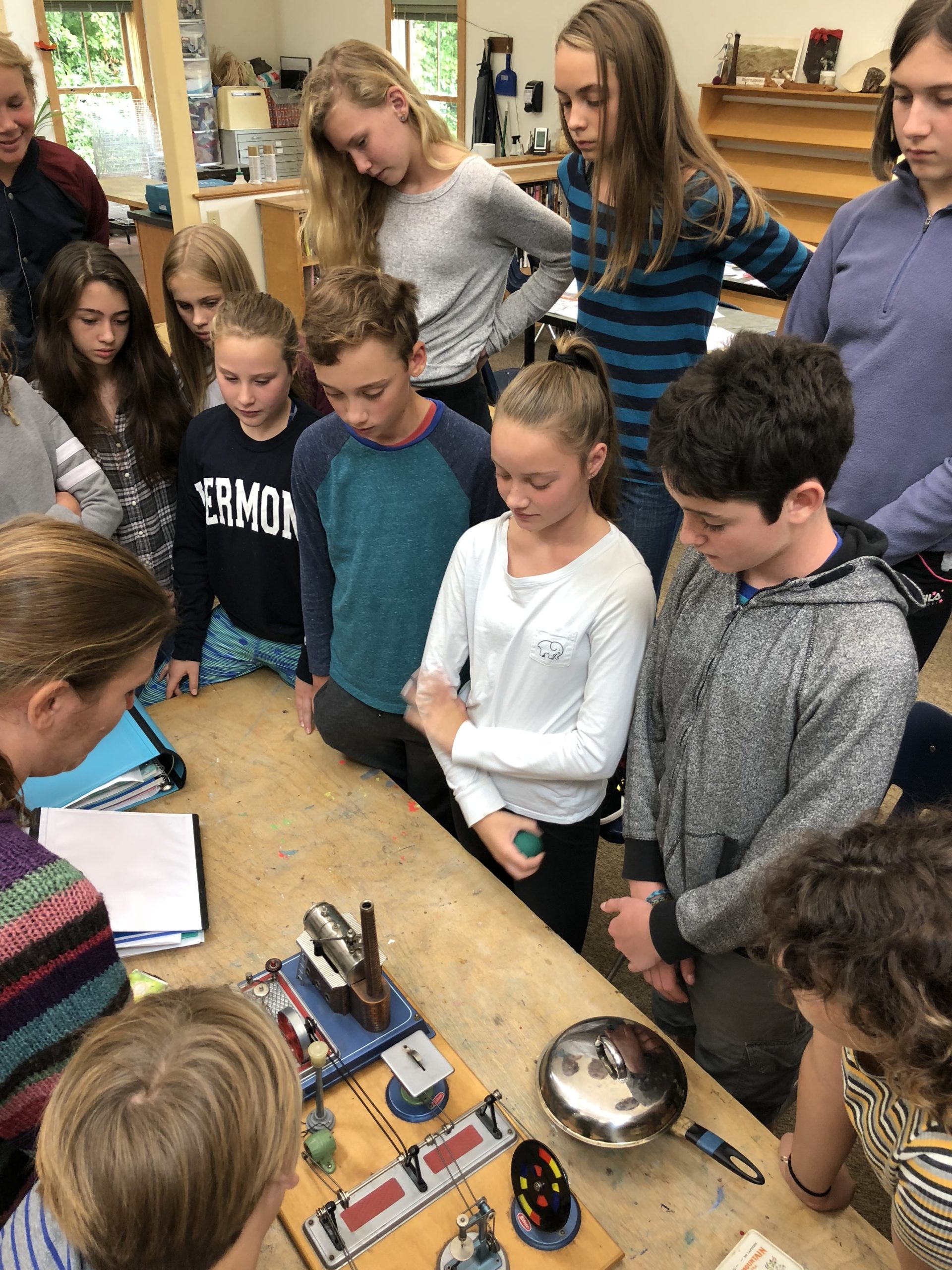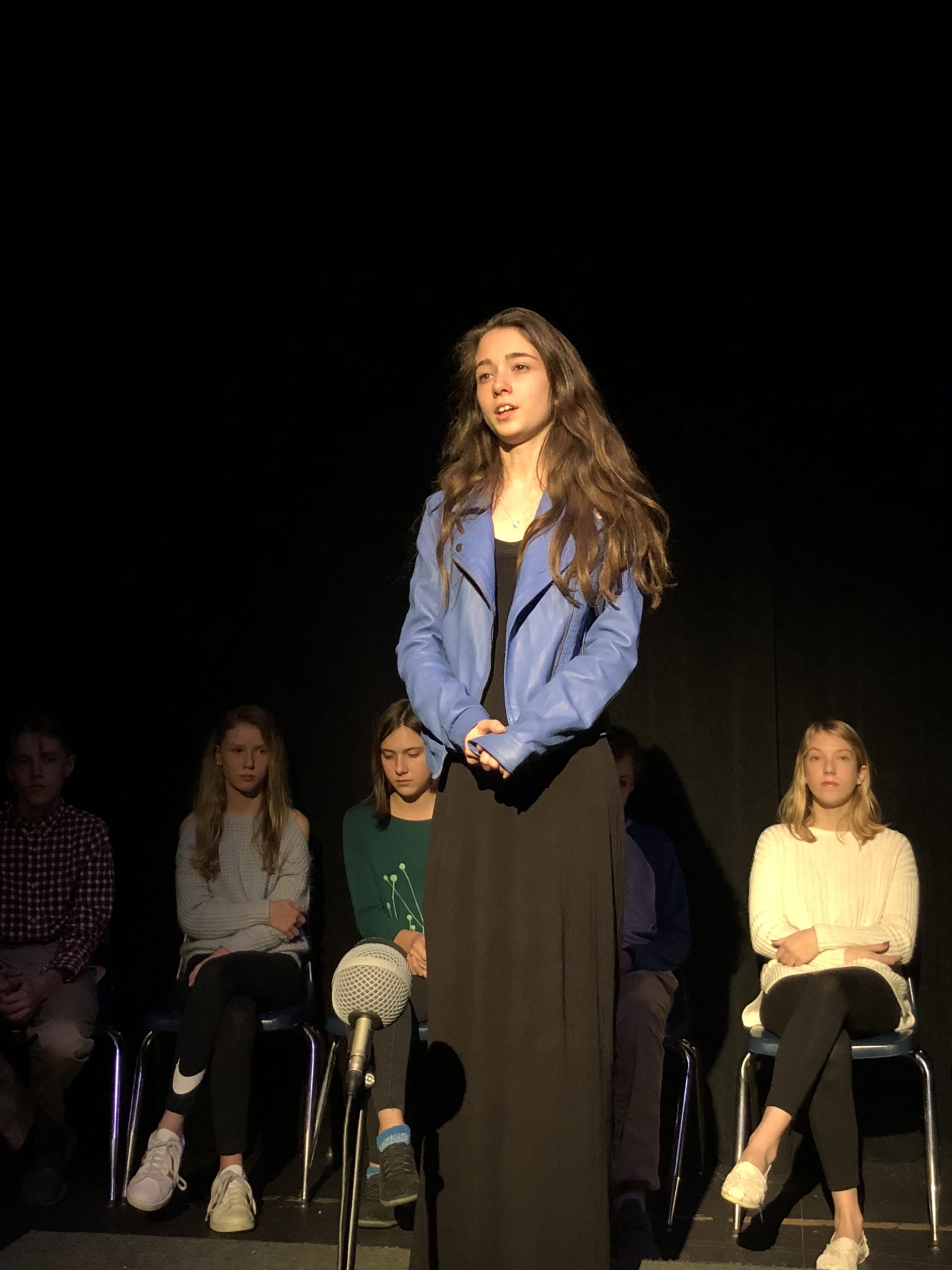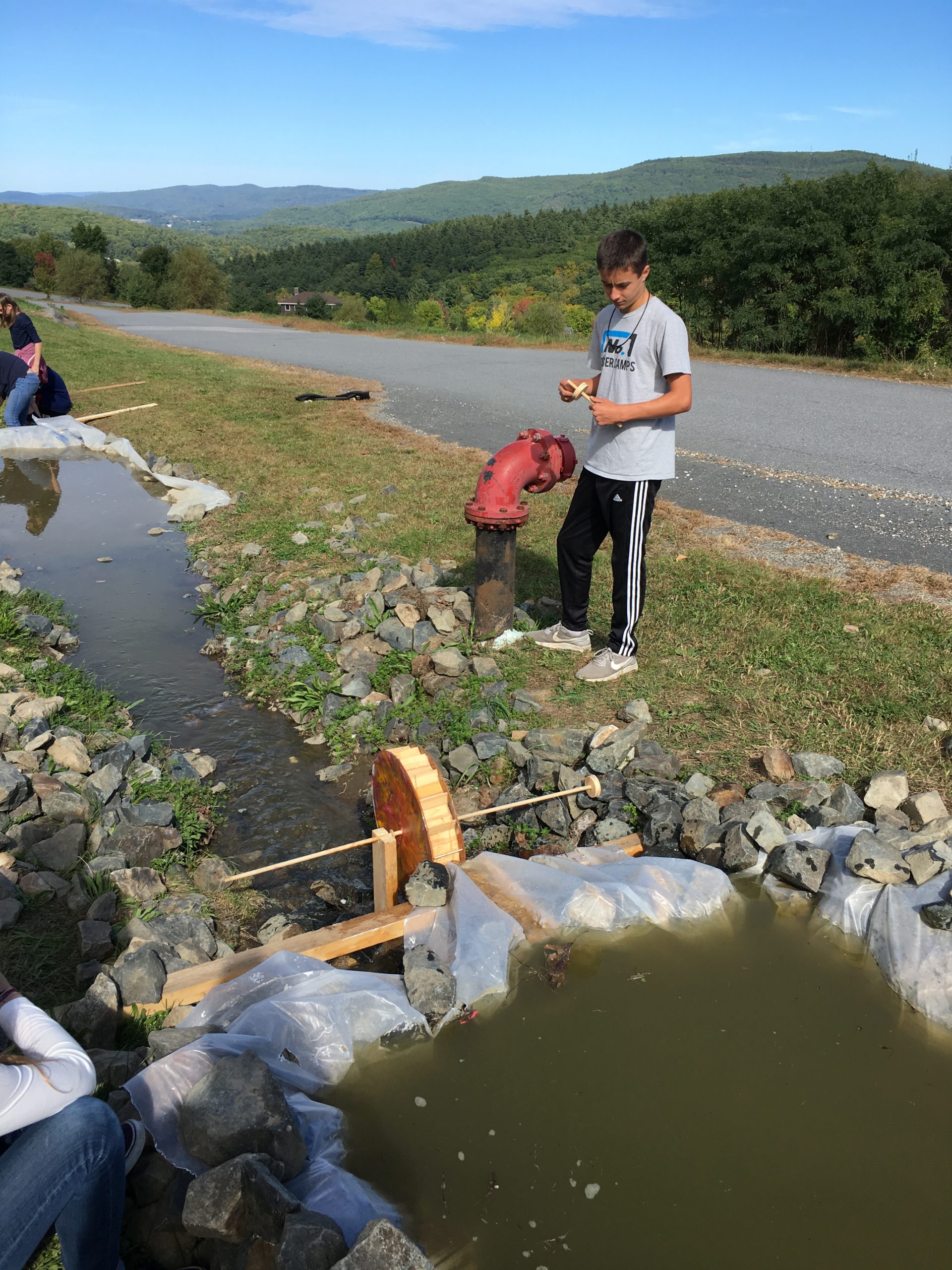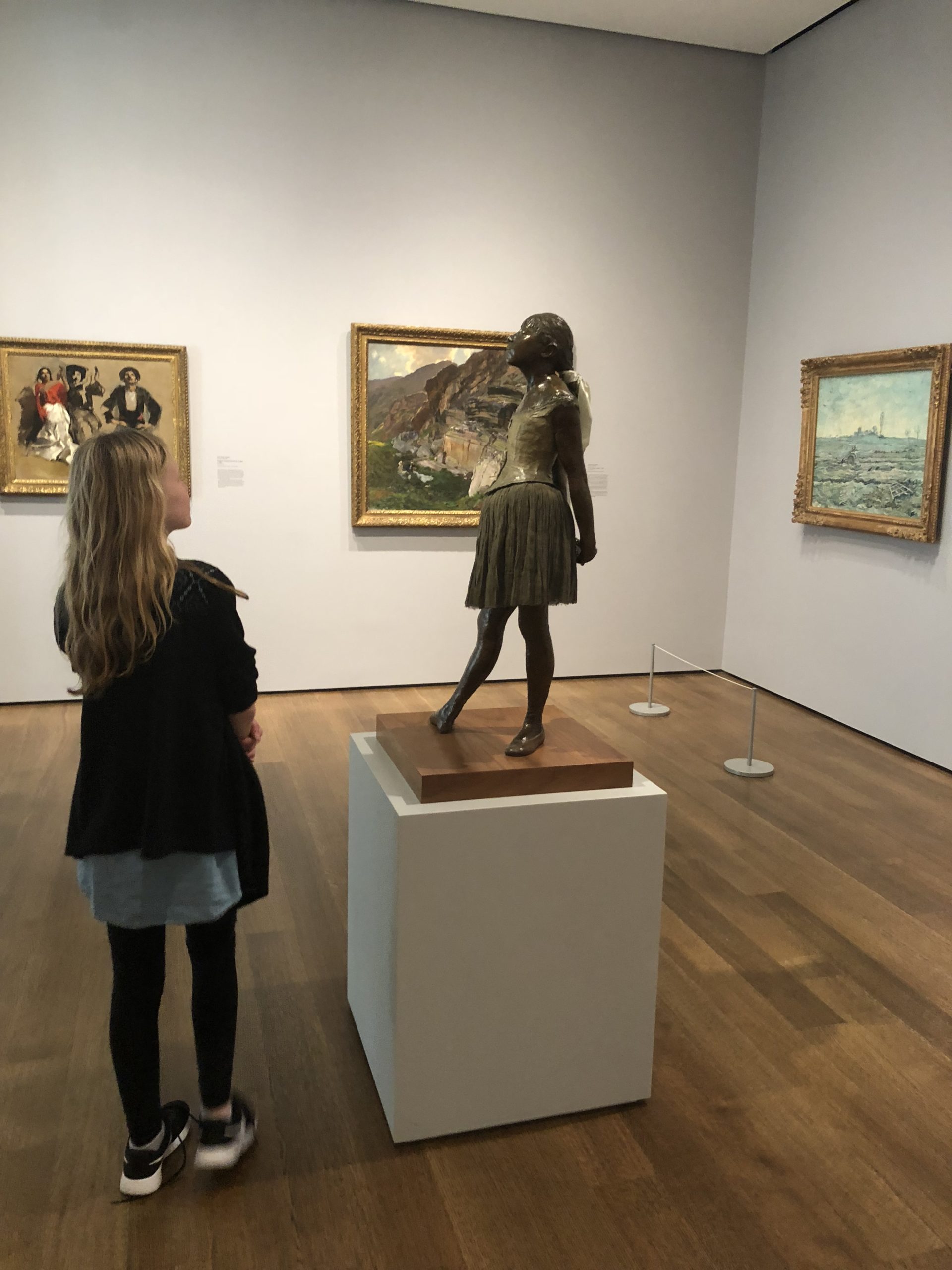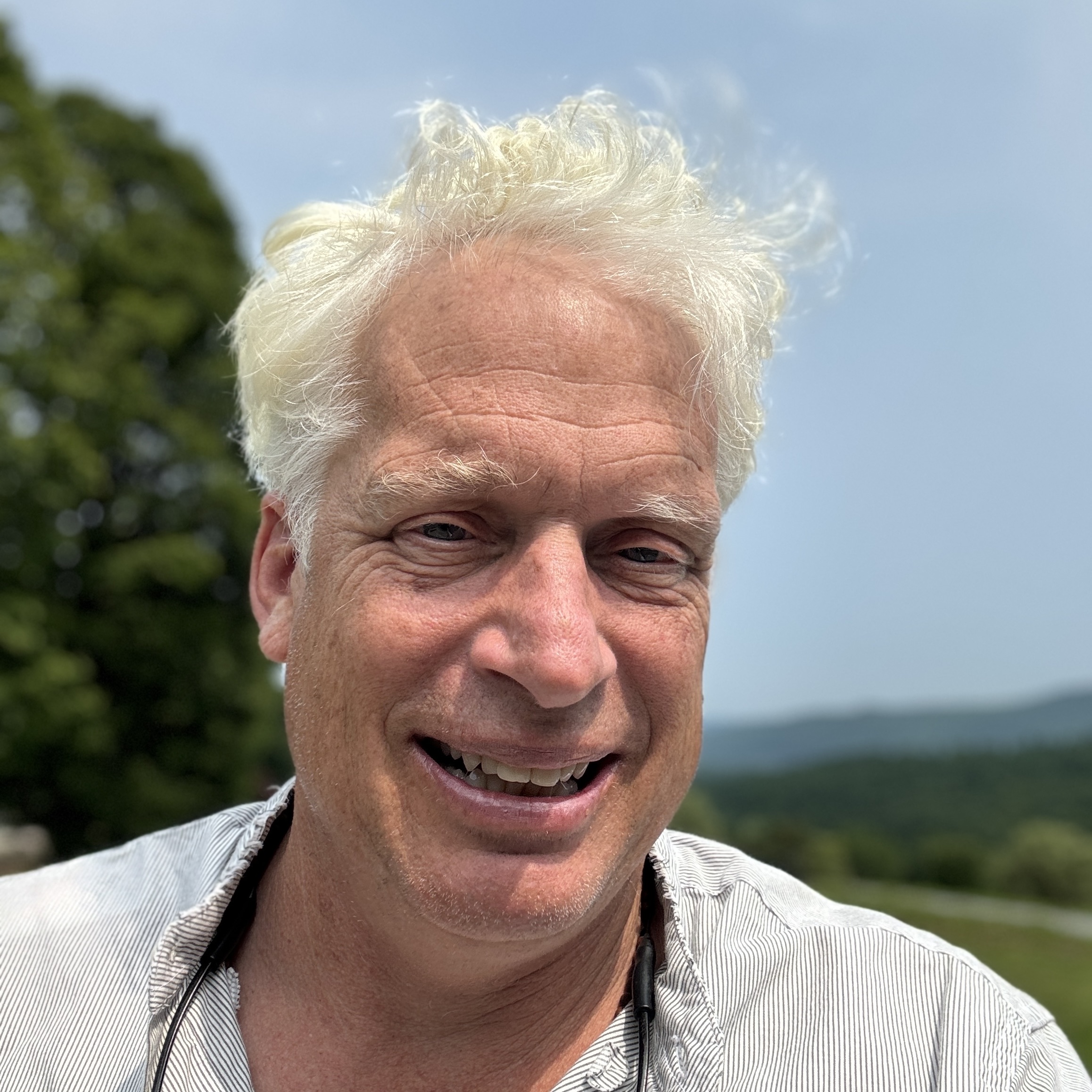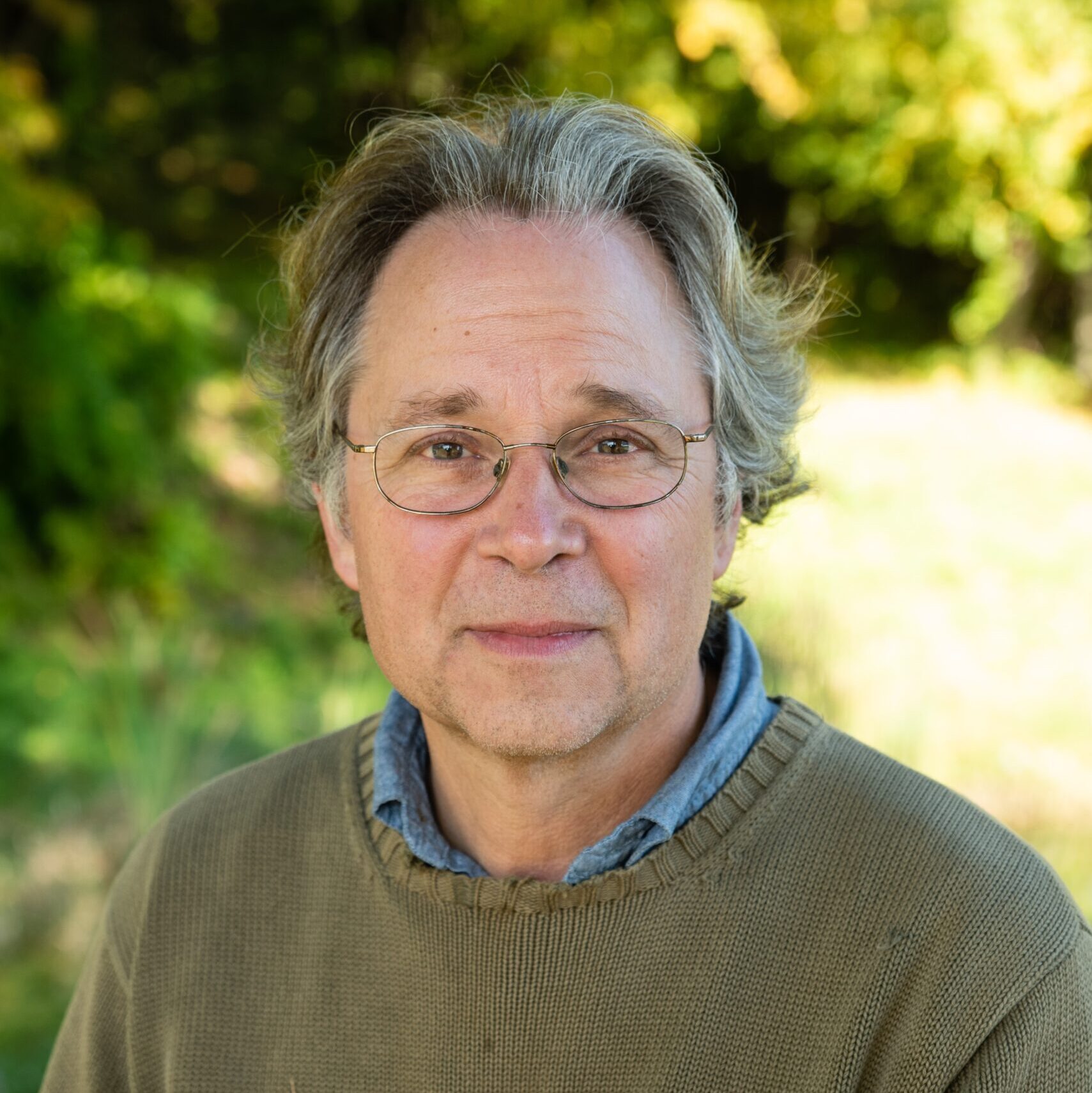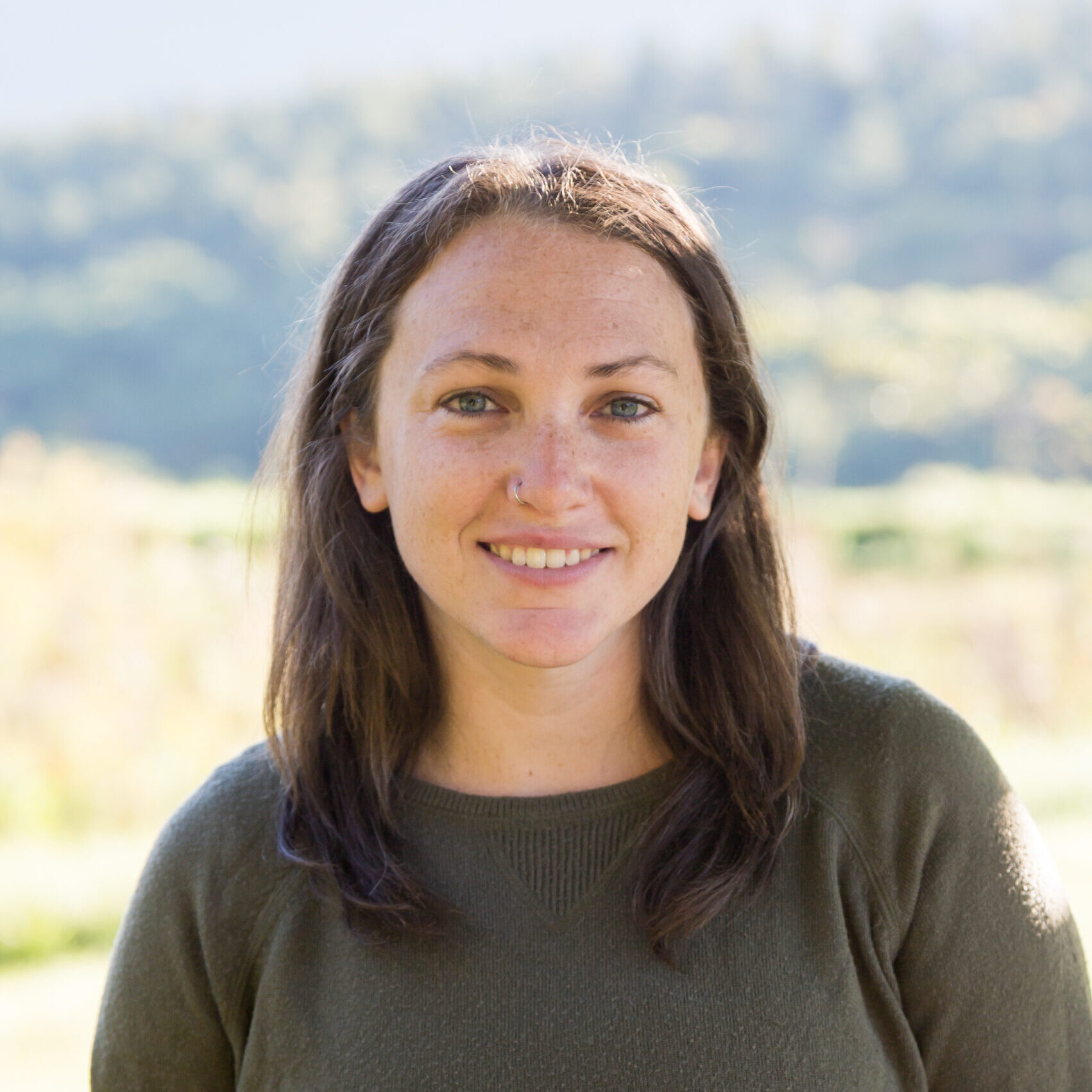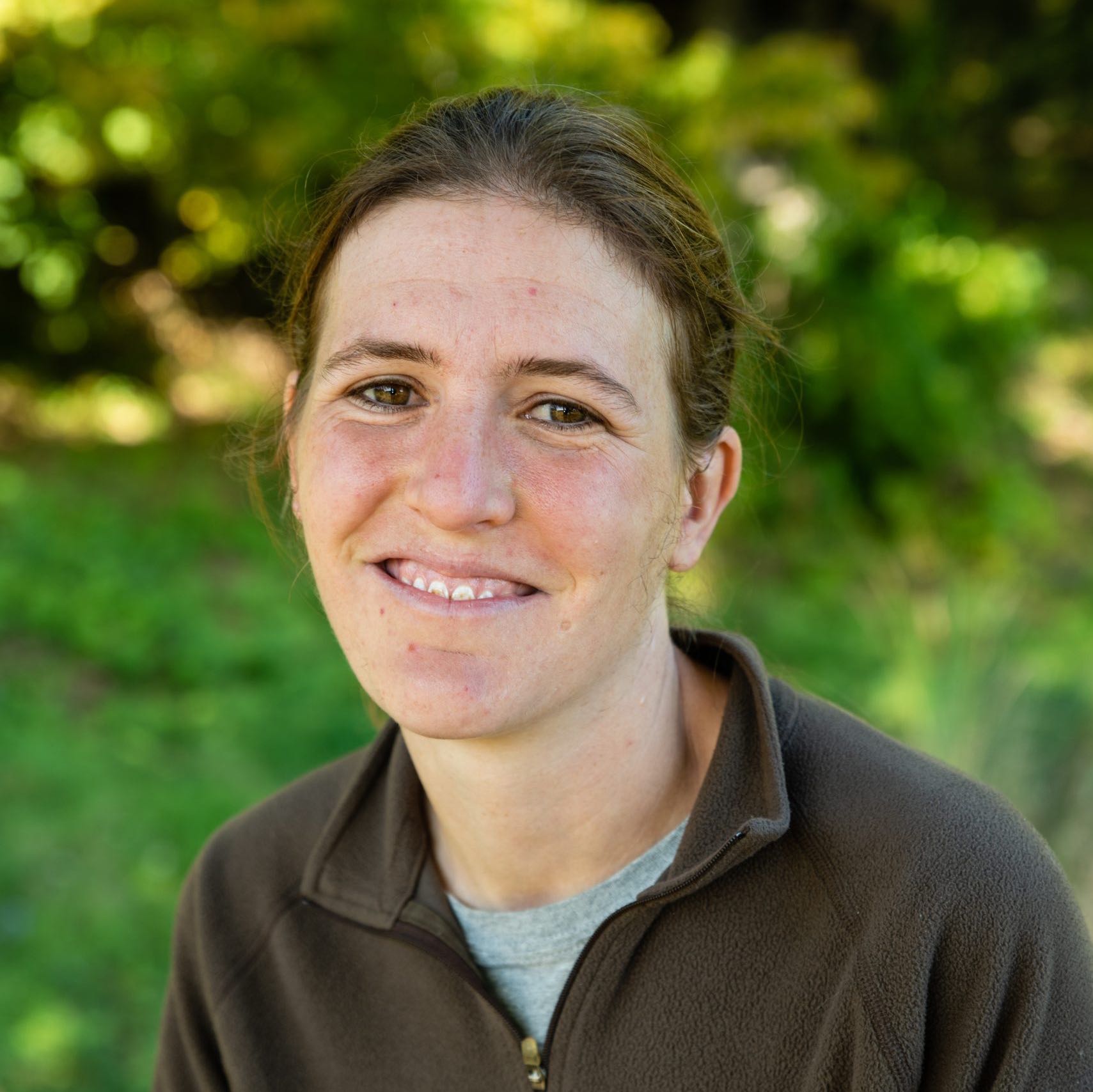Middle School
Ages 12 to 14 // Grades 7 and 8
The Middle School is part transition zone, part staging area, part performance, part R & D space, part Silicon Valley, and part launching pad. It is the place where the key materials of one’s childhood classrooms are traded for the tools of society: where the manipulative is exchanged for the calculator; the notebook for the computer, the concrete for the abstract. The Middle School environment serves the ample reflective, introspective, and intellectual needs of the adolescent. It also serves as refuge during a tumultuous phase of development as students prepare for entry into adult society. The need to “follow the adolescent” is great and the environment must keep up, must be there to support, must encourage them to push on. The Middle School environment is all about flexibility and technology, large scale projects and intimate dialogue. The essence of the Middle School environment is that it meets the radically changing and diverse interests, passions, and needs of the adolescent.
Curriculum
Curriculum Overview
Welcome to Hilltop Montessori Middle School and to the world of budding and flourishing adolescence. A word about adolescent development – this is a time of intense physical growth and an increased focus on socialization and self-involvement, a new plane of development from the great intellectual awakening of their upper elementary years. Juxtaposed with this self-involvement is also the quest to understand their individual place in the world while they grapple with “who likes who”, “don’t standout”, “I don’t want to be like everyone else” and “who am I?” It is said that these years are most similar to their days in the Children’s House as 3-6 year olds.
The Middle School curriculum, “What does it mean to be Human?” is a program that strives for an equal balance of socialization and academic skills; direct hands-on connections with community and the examination of expansive concepts; prepared environments and classrooms in the woods, the streets of Brattleboro, and beyond.
The Middle School program is based on strong skill building. All the curricular work connects directly to the growth of academic and social skills. The studies are integrated across discipline lines but, unlike the elementary years, the staff is far more specialized in their particular areas of interest.
Work Habits & Social Development
At the middle school level students are expected to accept and maintain significantly higher degrees of responsibility for the management and organization of their personal time and materials as well as for their overall preparedness (physically and mentally) for learning. In addition, the creation and nurturing of a classroom community is vital to the success of the program. Students, therefore, must strive to possess and promote a genuine attitude of respect for one another, the staff, and the environment.
Humanities Philosophy
The Montessori Cultural curriculum’s Humanities strand responds directly to the needs, tasks, and sensitivities of the adolescent. Given the emerging interest in the workings of society, it is only proper that the adolescent be provided opportunities for learning the ways of the world: ways that give rise to establishing bridges of understanding and purpose between adolescent desires — for independence, self-expression, community, and to simply be of use — and the world about them. Such growth transpires as a result of being placed at the center of one’s own learning; it is here that knowledge of one’s own capacities, of one’s self-worth, is forged. The adolescent’s experience, therefore, must revolve around the historic and contemporary workings of society, its obligations and its structures, with a keen sense of responsibility toward a more peaceful future for all humankind.
Language Arts
Language Arts at HMS attends to the advanced development of a student’s ability to access information, use discernment, and communicate understanding effectively, be it in oral or written form. During the two year program, students are required to demonstrate a conscious capacity to write expressively, comprehensively, and coherently in a variety of academic and creative modes; to speak publicly and present ideas and information formally in a clear, organized, and articulate manner; and, to partake in literature seminar by preparing for and engaging thoughtfully in the creation of shared meaning through dialogue. These skills are furthered through constant practice with short and extended essays, research outlines and papers, individual and collaborative project presentations, and close readings and analysis of sophisticated works of fiction. The students crown their efforts at HMS with a study of oratory that culminates in the creation and delivery of a farewell address. It is the overarching goal of the program to cultivate each student’s voice so that it resonates with clarity in both the written and spoken word.
Mathematics
Middle School mathematics is approached as a two-year continuum, which will ultimately prepare students for high school level math. It is designed to engage the adolescent’s blossoming critical reasoning skills and further their abstract thinking. It is at this point in the math sequence where numbers turn into variables, two dimensional objects take on a third dimension, and algorithms give way to complex functions. Accompanying these higher-level cognitive skills is the understanding of how to solve problems beyond routine formulae, which lays the groundwork for comparing and analyzing data, and ultimately, solving real-world problems.
Science
The Middle School science curriculum furthers the growth of the adolescent through expanding the world view. It is designed to foster a sense of stewardship – for one’s own health and body, for interpersonal relationships, and for the greater community. It accomplishes this by encouraging the student to think critically, ask good questions, increase powers of awareness and observation, and recognize the symbiotic nature of humans and the earth. Ultimately, the adolescent uses science to make choices, disseminate information, and as one framework for viewing the natural world. The goal is to carry critical thinking as far as possible to enable this way of viewing and to further expand the student’s natural sense of wonder.
Health
In accordance with our School Diversity Statement, Hilltop Montessori School upholds that gender and sexuality are on a spectrum and all individuals have a unique experience that will be respected as a human right. Teachers acknowledge these subjects within their class communities in a supportive, inclusive, and scientifically-informed manner. Developmentally-appropriate lessons about gender and sexuality are a vital part of the elementary and Middle School curriculum.
In the Middle School, the purpose of studying health is to offer some tools necessary to make informed decisions and to inspire and empower students to make positive choices. The two-year Health of the Mind, Body, and Spirit study prioritizes care of self and care of others. As with everything we do in the Middle School, research, dialogue, and critical thought are our primary means of discovery. Health classes occur weekly throughout the whole year and are divided by grade, with different focuses for each age group. We start each year investigating what it means to be a human, in our bodies, at this time. What are some key pieces of identity that are being developed specifically during adolescence? All students explore relevant and timely topics such as but not limited to: stress and anxiety, healthy and unhealthy ways to cope, social media and technology use, consent, inclusion, and risky behavior. Specific topics will vary based on student interest and relevant newsworthy material.
Starting in the early winter, grade specific paths diverge. Seventh graders investigate how the choices we make about what we consume, mainly in the food we eat and substances we take, affects minds, bodies and communities, specifically our own. Finally, the human reproductive system is explored which includes information about reproductive anatomy, adolescent development, and the menstrual cycle. In eighth grade, the second half of the curriculum is focused specifically on decision making as it relates to human sexuality. We first engage in a critical look at gender including (but not limited to) gender stereotyping and the gender spectrum. Included is a review of the reproductive system and a discussion trying to answer “What is sex, anyway?” and “How do I know when I am ready to have it?” Informed by previous conversations, different types of contraception and where and how to access them are explored. Running through all these discussions is an emphasis on stewardship for one’s own body and building skills of sexual citizenship.
If you’re interested in resources to support your own learning at home, excellent books include:
- You Know, Sex: Bodies, Gender, Puberty, and Other Things (ages 10-12) by Cory Silverberg and Fiona Smyth
- You-ology: A Puberty Guide for EVERY Body by Trish Hutchison, MD, FAAP and Kathryn Lowe, MD, FAAP
- Seeing Gender: An Illustrated Guide to Identity and Expression by Iris Gottlieb
Art
Art in the Middle School is a search for each student’s creativity, an active cultivation of visual awareness, and a call to be responsible for the process and patience that is inherent in honest expression. Students are exposed to many media in both two and three dimensions. The need for technique is honored, but is taught as this need naturally arises in their art. This allows students to work at many different levels and in many styles with a focus on growth within their own personal art making process while making sure they have the techniques required to achieve their goals. Creativity must be actively sought while at the same time students must allow themselves to be open and surprised by what they experience.
Music
Music is an integral part of the Middle School’s integrated curriculum. The foundation of this is community singing. We sing songs that reflect the ideas and concepts as well as the historical context being explored in the classroom. Students sing songs from the Labor, Suffrage, Environmental, and the Civil Rights Movements as well as songs that address the many layers and conflicts of being human. Singing together not only deepens the students’ understanding of these historical movements and related current events on a subjective emotional level but also builds trust, community, musical skills, and collective joys and sorrows. Another important element of this program has been singing outside of the classroom. From singing songs of wonder in the woods of Upland to freedom songs in the shadow of the Edmund Pettus Bridge in Selma, students have shared and continue to share valuable and meaningful experiences through song together.
In addition to singing, middle school students have the opportunity to explore their interest and pursuit of music in project work. Student design projects that include songwriting, composition, electronic music, the correlations of music and dance, and the relationship of music to social movements. The annual Middle School Performance is another opportunity for musical exploration. During Performance students write lyrics and craft songs, create music for dance and movement, and perform their original compositions for audiences and school alike.
Physical Education
The Physical Education program at Hilltop is guided by the seven components of physical fitness: speed, agility, strength, power, endurance, flexibility and coordination. Within the scope of a semester all P.E. activities address one or more of these components. Careful focus on attaining competency in all areas over time will ensure that a student is successful in achieving a healthy fitness level. For as fitness improves so does the level of skill development. For the 12-15 year olds these skills include Ultimate Frisbee, soccer, individualized fitness program, volleyball, tumbling, badminton, pilo polo, dance, circus skills, lacrosse, softball and mile run training.
Middle School Teaching Teams: Classroom Teachers & Specials
